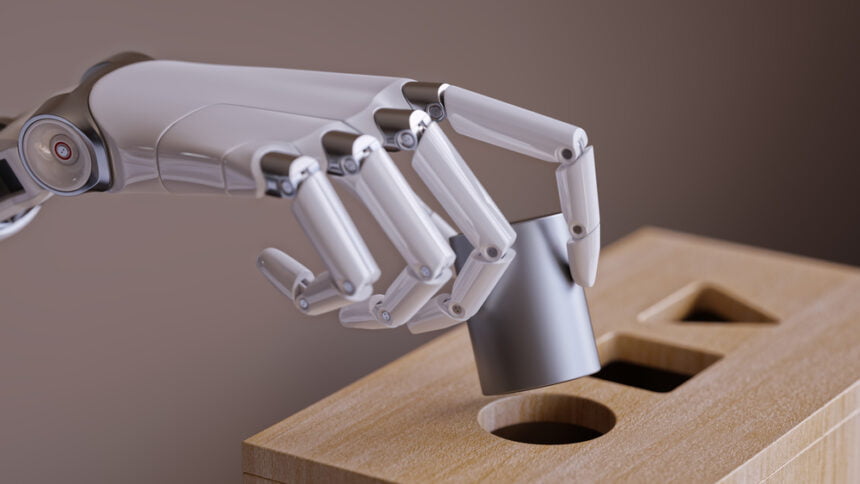Improving the accuracy of a machine learning (ML) model can be quite challenging, and most data experts get stuck in this part of the process, even causing some to give up. After all, even if one were to apply all the things they know about machine learning, they cannot guarantee an improvement in the machine learning model.
What’s worse, if you want to make an accurate machine learning model, you should aim for at least 90% accuracy, which is rarely possible for a few programmers to handle, much less for a single person developing the algorithm on their own. So, before anything else, you might want to know more about accuracy in machine learning.
How Does Accuracy Work?
Accuracy in machine learning is also known as the error rate. Basically, an ML model’s accuracy is a metric denoting the percentage of correct predictions in test data.
You can easily measure an ML model’s accuracy by dividing the correct predictions by the total number of predictions. For instance, if there are 20 data points, and the algorithm successfully predicted and classified 16 of them, the algorithm has an accuracy of 80%. Now the problem is that your goal is 90%.
It may not be easy, but data science tasks are now a lot more doable than before, so even you can do it if you put your all into it. Besides, with the following accuracy optimization hacks, you should at least get a better chance at achieving a high accuracy machine learning model.
1. Hyperparameter Tuning
Every machine learning model’s primary driving force is an algorithm–a program that determines how data is classified and handled.
If an algorithm can classify data correctly most of the time, that means it’s accurate. Otherwise, the algorithm has relatively low accuracy. Either way, different components affect the algorithm’s accuracy, one of which is the hyperparameter.
Hyperparameters affect the behavior of machine learning algorithms. There are hyperparameter values that yield bad results and some in great results. Your goal is to determine the hyperparameter value that can lead to the best performance, and this process is what you call hyperparameter tuning. You can check out this site for more information on this matter.
Either way, conducting hyperparameter tuning is crucial mainly because it significantly affects how the algorithm works, which may decide whether the model will be accurate or not.
2. Feature Selection and Engineering
In machine learning, a feature refers to a property or a characteristic of a particular subject. For example, if a shoe company wants to predict their potential customers, the machine learning model features may include foot size, gender, and age.
In other words, features usually have a lot to do with how an algorithm classifies data.
- Feature Selection: If you want to ensure that the algorithm will perform well in terms of accuracy, selecting the appropriate features is, therefore, crucial. You’d want to choose features that are informative and independent.
Unfortunately, not all features will be like this, and that’s where feature engineering comes in.
- Feature Engineering: Feature engineering is basically modifying existing features or combining them so you can obtain features that are more adept at classifying datasets. If you end up with relevant features, your algorithms’ complexity can drastically decrease, resulting in higher accuracy.
The only problem is that you may encounter missing values from your datasets, making this hack harder to perform. Fortunately, you can solve this with imputation.
3. Imputation
Suppose a column in the dataset table counts the number of customers with the gender ‘Male,’ and this column has the name ‘Number of Males.’ If a row doesn’t indicate the gender of a customer, that would mean that the ‘Number of Males’ column will show an incorrect number.
Naturally, this would affect an algorithm’s accuracy, so it’s essential to handle missing values as soon as possible. One way to do that is by using the imputation method–the process of replacing missing data with a substitute. How you decide what that substitute would be will depend on your preferences.
For instance, if the missing data is numerical, like height, you can try getting the average of all the height values. If the lost data is categorical, such as gender, then randomly choosing a substitute might be the best option. Either way, you should do this before anything else.
Conclusion
Accuracy isn’t the only metrics in machine learning. You also have precision and recall, both of which are equally important in a model’s efficiency. On that note, you should also spare some time for these areas of improvement. After all, achieving a high accuracy doesn’t guarantee a successful machine learning project.

